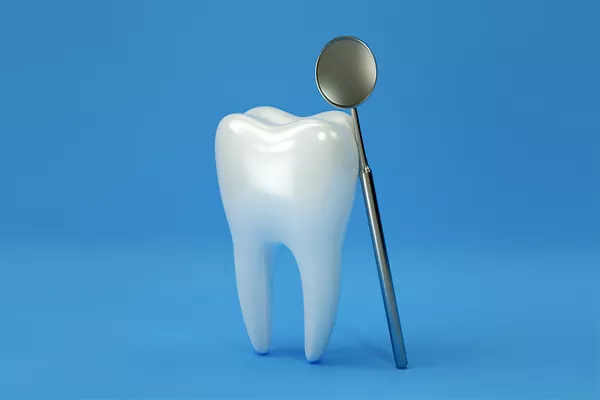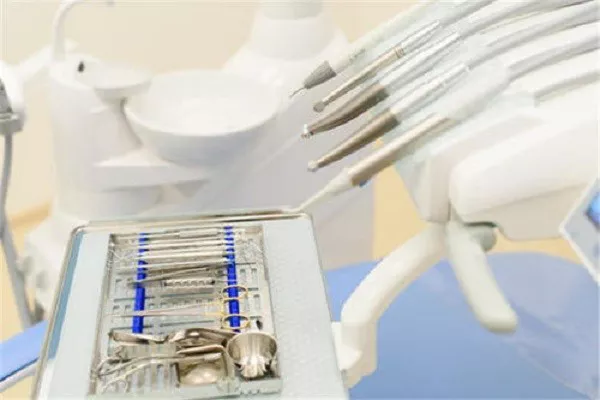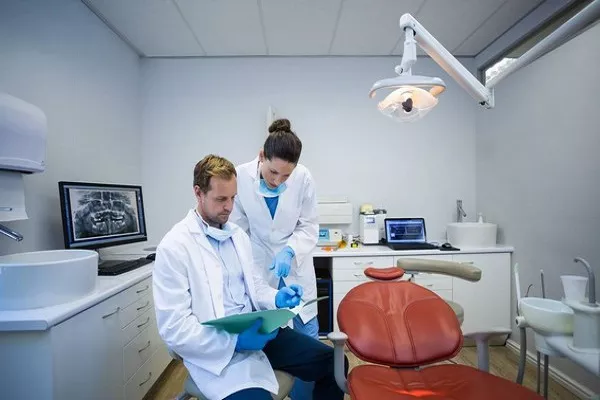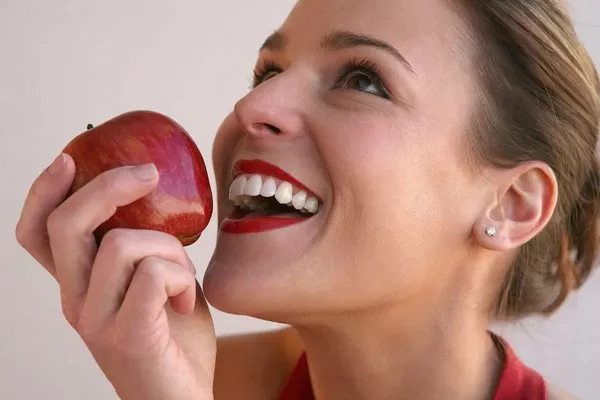Getting a dental filling is a common procedure that can help restore a tooth‘s structure and function after damage or decay. While the process of getting a filling is relatively quick, many patients wonder how soon they can eat afterward and what foods are safe to consume. In this article, we will discuss when and what to eat after a filling.
How Soon Can I Eat After a Filling?
The time to wait before eating after a filling depends on the type of filling material used and the complexity of the procedure. In general, you should wait at least one hour before eating or drinking anything after getting a filling. This allows the filling material to harden fully and prevents it from dislodging or fracturing when you chew.
If you have received a composite resin filling, you may need to wait longer before eating since this type of filling requires an extended period to harden completely. Your dentist will provide specific instructions on when it is safe to eat or drink after your filling.
What Foods Are Safe to Eat After a Filling?
After getting a filling, it is essential to choose soft, easy-to-chew foods that will not put pressure on the filling or cause it to dislodge. Here are some examples of safe foods to eat after a filling:
- Soft fruits such as bananas, peaches, and mangoes
- Cooked vegetables such as carrots, squash, and green beans
- Yogurt or other soft dairy products
- Soups or broths
- Smoothies or milkshakes
- Oatmeal or other cooked grains
It is best to avoid hard, crunchy, or sticky foods after getting a filling, as they can damage the filling or pull it out of place. Some examples of foods to avoid include:
- Hard candy or gum
- Nuts or seeds
- Crunchy vegetables like celery or corn on the cob
- Tough meats or jerky
- Chips or popcorn
- Sticky candies like caramel or taffy
How to Care for Your Filling After Eating
After eating, it is crucial to practice good oral hygiene to maintain the integrity of your filling and prevent further decay or damage. Here are some tips for caring for your filling after eating:
- Brush your teeth gently with a soft-bristled toothbrush.
- Use fluoride toothpaste to help strengthen your teeth and prevent cavities.
- Avoid using mouthwash immediately after eating, as it can wash away the protective layer of saliva that forms around your teeth and gums.
- If you experience any pain or sensitivity in the filled tooth, avoid chewing on that side of your mouth until the discomfort subsides.
What to Do if You Damage Your Filling While Eating
While it is essential to choose safe foods and practice good oral hygiene after getting a filling, accidents can still happen. If you accidentally damage your filling while eating, it is best to contact your dentist as soon as possible to schedule an appointment.
In some cases, minor damage to a filling can be repaired quickly and easily. However, if the filling becomes dislodged or falls out completely, it may need to be replaced entirely. Your dentist will be able to assess the damage and provide the appropriate treatment.
In conclusion, after getting a filling, it is essential to wait at least one hour before eating and choosing soft, easy-to-chew foods that will not damage the filling. You should also practice good oral hygiene and avoid hard, crunchy, or sticky foods. If you accidentally damage your filling while eating, contact your dentist as soon as possible to schedule an appointment. By following these tips, you can help ensure that your filling lasts as long as possible and maintains its structural integrity.
Related Topics:





























